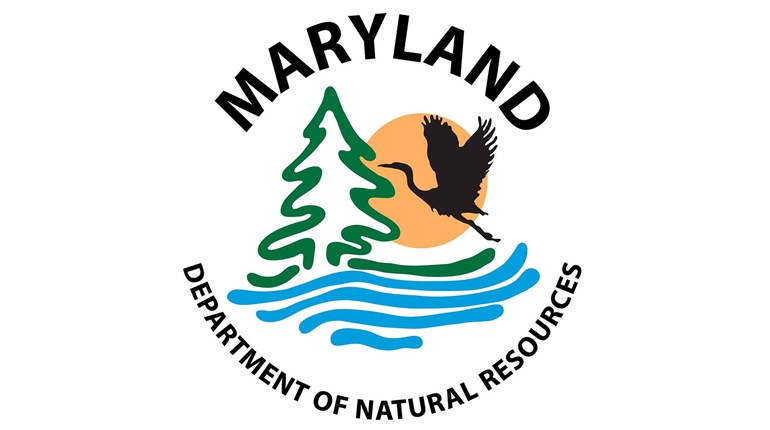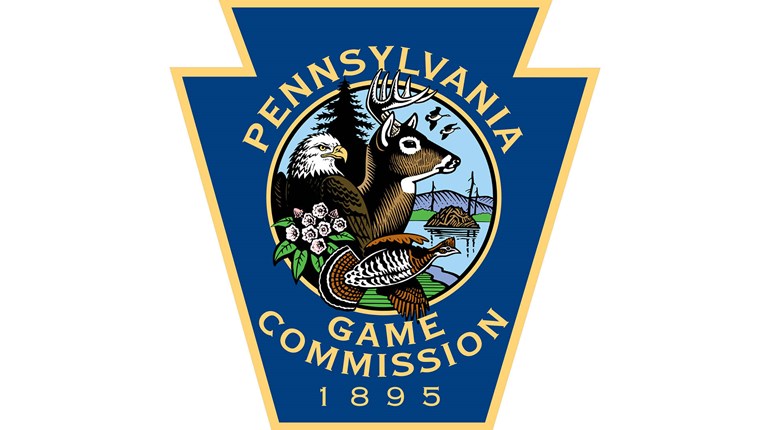
Late last month, the U.S. Department of Agriculture (USDA) issued a memorandum to conserve and restore wildlife habitat connectivity in the United States. It directs agencies within the USDA to consider habitat connectivity in planning and programs in a manner that recognizes State and Tribal authorities and respects private property rights. The memorandum emphasizes voluntary, locally led, incentive-based conservation, provides a process to increase coordination within the USDA and calls for improved inter-jurisdictional coordination with States, Tribes and other Federal agencies.
“Federal lands often serve as anchor points for wildlife, but most of the country’s wildlife reside on private lands,” states the memorandum. It also acknowledged private lands can incur disproportionate costs in sustaining wildlife and can be impacted by wildlife restoration, such as wolves and grizzly bears, on adjacent federal lands.
“Private lands provide essential wildlife habitat and support the majority of wildlife species,” said Lesli Allison, CEO of the Western Landowners Alliance. “These same lands also provide essential human habitat, producing our food, clothing, shelter and energy. Western Landowners Alliance appreciates Secretary Vilsack’s recognition of the vital importance of private lands to both people and wildlife, the mounting economic pressures they face, and the need to work in partnership with landowners to keep these lands intact and productive.”
The Congressional Sportsmen’s Foundation (CSF) also praised the move. “CSF thanks the USDA for initiating this effort that will help enhance conservation for migratory wildlife and their associated habitats,” said CSF president and CEO Jeff Crane. “CSF will continue to prioritize wildlife connectivity through Interior Secretarial Order 3362, the Wildlife Highway Crossings Pilot Program, USDA’s Migratory Big Game Initiative, the Wildlife Movement Through Partnerships Act, and now the USDA Secretarial Memo.”
In addition to increased coordination, the memorandum also emphasized the need to improve USDA program delivery, increase compatibility between programs, remove barriers to Tribal participation, coordinate and co-produce science, and incorporate traditional ecological knowledge.
“This directive builds on successful, locally supported partnerships between the USDA, States, Tribes and private landowners,” said Allison. “Conservation works best when we work together.”
The directive will aid management efforts for migratory big game animals that include elk, moose, mule deer and others.
































